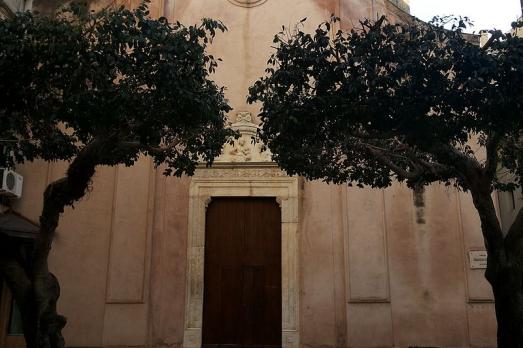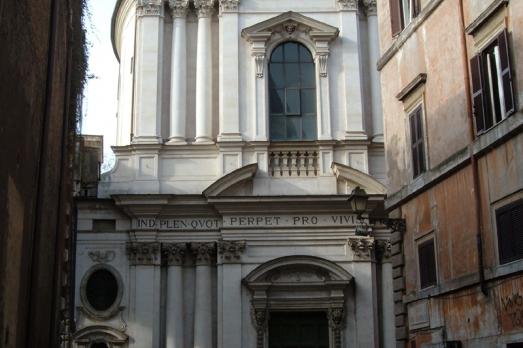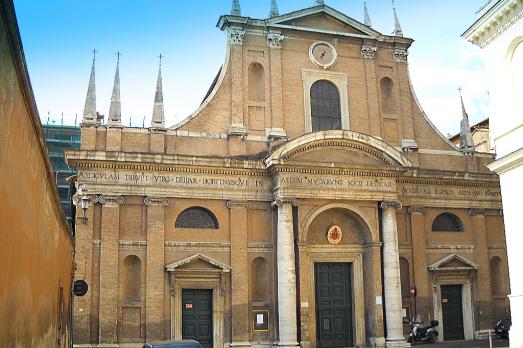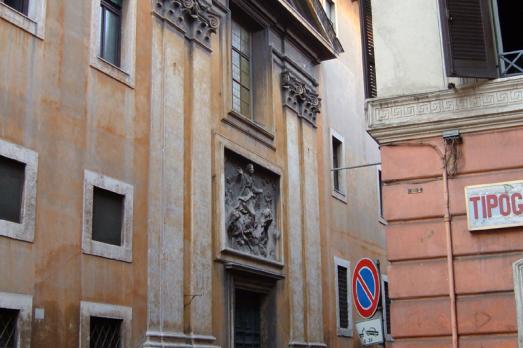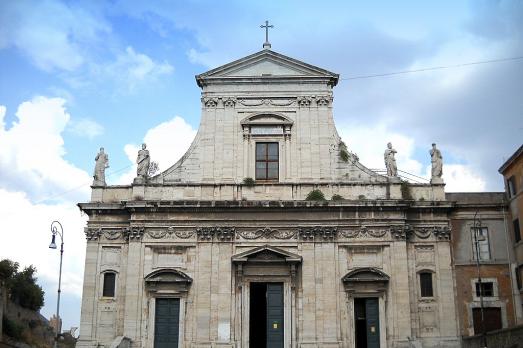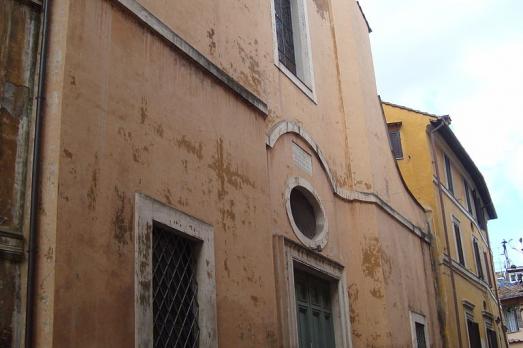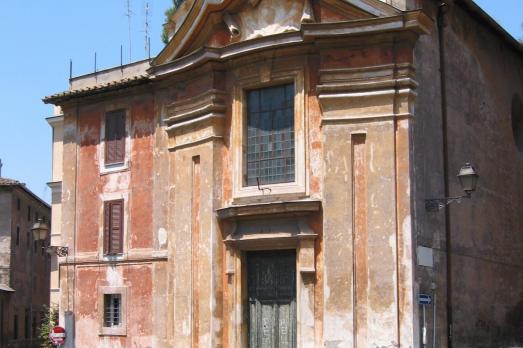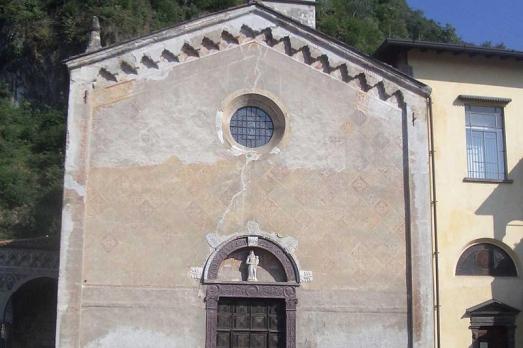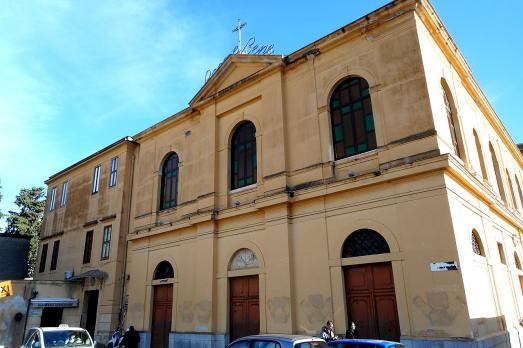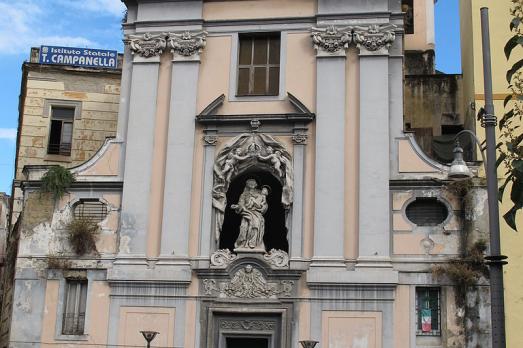
Chiesa di Santa Maria del Rosario alle Pigne
Napoli, IT
The church of Santa Maria del Rosario alle Pigne acquired this title because, until the first quarter of the 17th century, two pine trees stood in the area. The church was designed by Arcangelo Guglielmelli (1648-1723). Entirely Baroque in style, both inside and out, the plan is rectangular with side chapels and a vestibule with a double flight of stairs to allow access to the sacred space above. The place of worship is annexed to the conventual complex of the same name and to a late Renaissance cloister, which today belongs to the city of Naples and is used as a school building. The church was closed after the 1980 earthquake and did not reopen until 2017 for sacred services.
